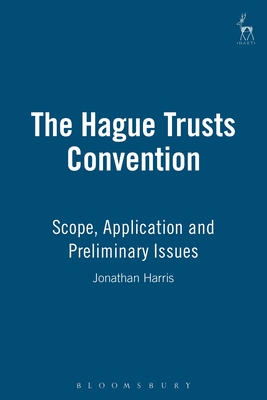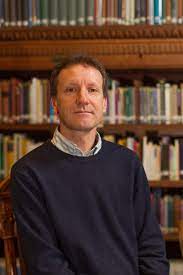

 Hart Publishing
Hart Publishing
The Hague Trusts Convention: Scope, Application and Preliminary Issues


Key Metrics
- Jonathan Harris
- Hart Publishing
- Hardcover
- 9781841131108
- 9.21 X 6.14 X 1.25 inches
- 2.12 pounds
- Law > Conflict of Laws
- English
 Secure Transaction
Secure TransactionBook Description
Trusts cross borders. When they do, real difficulties may arise. Will the understanding of what a trust is be different in a foreign state? Will the rights, powers and duties of the trustee and settlor be the same? What rights will the beneficiary be able to assert? To what extent will the trust assets be safe from the claims of creditors, forced heirs, or third parties? Which legal system will be applied to the trust? Within what limits? What if the trust needs to be recognised in a state which does not have the institution of the trust in its domestic law?
The Hague Trusts Convention, enacted into English law by the Recognition of Trusts Act 1987, seeks to ameliorate the situation by providing harmonised choice of law rules for trusts created voluntarily and evidenced in writing. It also provides for the recognition of trusts in Contracting States. Those Contracting States should recognise the trust, even if they do not have the institution in their domestic law.
This book is the first published in England to devote itself to a detailed analysis of the Convention. It is aimed at academics and practitioners; at private international lawyers and at trust lawyers. Frequent reference is made to the position in civil law states (especially in the Contracting States of Italy and the Netherlands) and in other trust states, both offshore and onshore.
The Hague Trusts Convention deals with the operation of the trust itself. It does not deal with the preliminary steps needed to create a trust. These preliminary matters raise highly complex and uncharted choice of law issues. Detailed discussion of these matters is also provided, and appropriate solutions suggested.
Author Bio
I teach Medieval History and offer a first-year introductory course in the topic called ‘Rome to Renaissance’. My research and second and third-year teaching focus on Byzantium (or the Byzantine empire). Effectively that means Eastern Europe in the period 602-1453 CE and the now vanished Christian state centred on the city of Constantinople (modern Istanbul). Byzantium is not well-known in this country but it is the origin of the Orthodox Christian culture of Russia, Greece and other eastern European countries.
I have always been interested in how Byzantium interacted with the world around it, both with its Christian neighbours to the west and Muslim ones to the east. I wrote my PhD on the refugees who left Constantinople when the city fell to the Ottoman Turks in 1453, the moment when Byzantium came to an end. Many of them headed west to Italy, France and even, in a few cases, to England. Later I became interested in the enigma of the Crusades. The First Crusade was launched by the Pope in 1095, partly with a view to helping the Byzantine emperor against the Seljuk Turks. Yet just over one hundred years later, the Fourth Crusade captured and sacked the Byzantine capital of Constantinople. I explored this paradox in Byzantium and the Crusades, which is now in its second edition.
The work of mine that has probably had the most impact is The Lost World of Byzantium. Published in 2015, it has since been translated into Chinese, Greek, Japanese, Romanian and Russian. It aims to be an accessible (and hopefully entertaining) first taste of this mysterious yet fascinating society. My latest publication is a textbook for university students: Introduction to Byzantium, 602–1453.
Source: Royal Holloway University of London
Videos
No Videos
Community reviews
Write a ReviewNo Community reviews